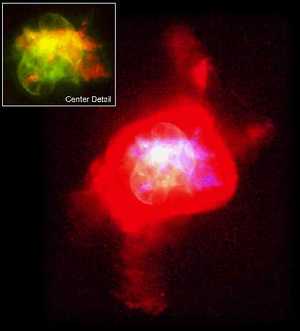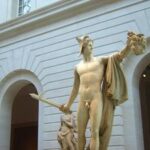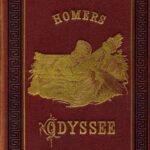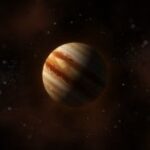Mythology:
Herculis, or more commonly named Hercules, was literally a god among men. Born the son of Zeus, or Jupiter to the Romans, Hercules lived as a half-mortal on Earth. He used his great strength for the good and benefit of all, the most notable of his deeds being the famous undertaking of the twelve labors. At the end of his life it was said that Zeus believed Hercules had proven himself worthy of a god’s position and so he was placed in the sky among the other greats as a reward. A popular Disney film was also made out of his life, recording some of the mythological tasks he performed.
The constellation Hercules is smack in the middle of many famous constellations. He is bordered to the north by Draco the Dragon, to the northwest by Cygnus the Swan, and to the northeast by Bootes the Herdsman. Lyra the Lyre with her bright Vega star flanks Hercules’ west side, while the Northern Crown, Corona Borealis, resides on his east. To the south, Ophiucus the Serpent Bearer and his serpent, Serpens, look up to the great Hercules.
Major Stars:
Hercules, in his diamond shape (some believe the constellation resembles a swastika-oops!), has four major stars that make up the four corners of his body. Herculis Zeta, Eta, Epsilon, and Pi are considered the “keystone” stars of Hercules, though they are not the brightest or most massive; they simply hold the corners of Hercules’ body and make him easier to find in the night sky.
Ras Algethi, or Alpha Herculis, is a splendid crimson star that varies in magnitude from 3.1 to 3.9. Also considered the alpha star is another double star that is made up of a blue-green companion star just five arc seconds away from yet another orange star. When split with a telescope, Alpha Herculis is a brilliant observation.
Messier and New Galactic Catalog Objects:
The Hercules Cluster, or M13, is a wondrous drama queen of a globular cluster. The cluster transforms from a fuzzy dust spot in the night sky, as seen with the naked eye, to a dramatic glob of pinpricks with a six-inch telescope. The cluster is 23,000 light years from our galaxy.
M92 is M13’s smaller, fainter sister cluster at 26,000 light years away.
NGC6210, also known as the Turtle Nebula, is also found in the Hercules constellation. This astronomically violent planetary nebula was investigated originally with the Hubble Space Telescope “because it showed evidence of unusual relative abundances of nebular gas.” The Turtle Nebula was the Astronomy Picture of the Day on October 28, 1999. In the inset, you can see the photogenic nebula, colored with representative color. Scientists and astronomical photographers color nebulas and other celestial objects with false color to represent the gases and elements that do not fall within the spectrum of visible light. It makes looking at astrographs far more interesting.
Hercules hits the meridian on July 10 at around ten o’clock pm. Get a good glimpse at the heroic constellation and the Turtle Nebula if you can. Happy star hunting!
(With help from Dave Swartz, David H. Levy, and the fine folks at APOD)





